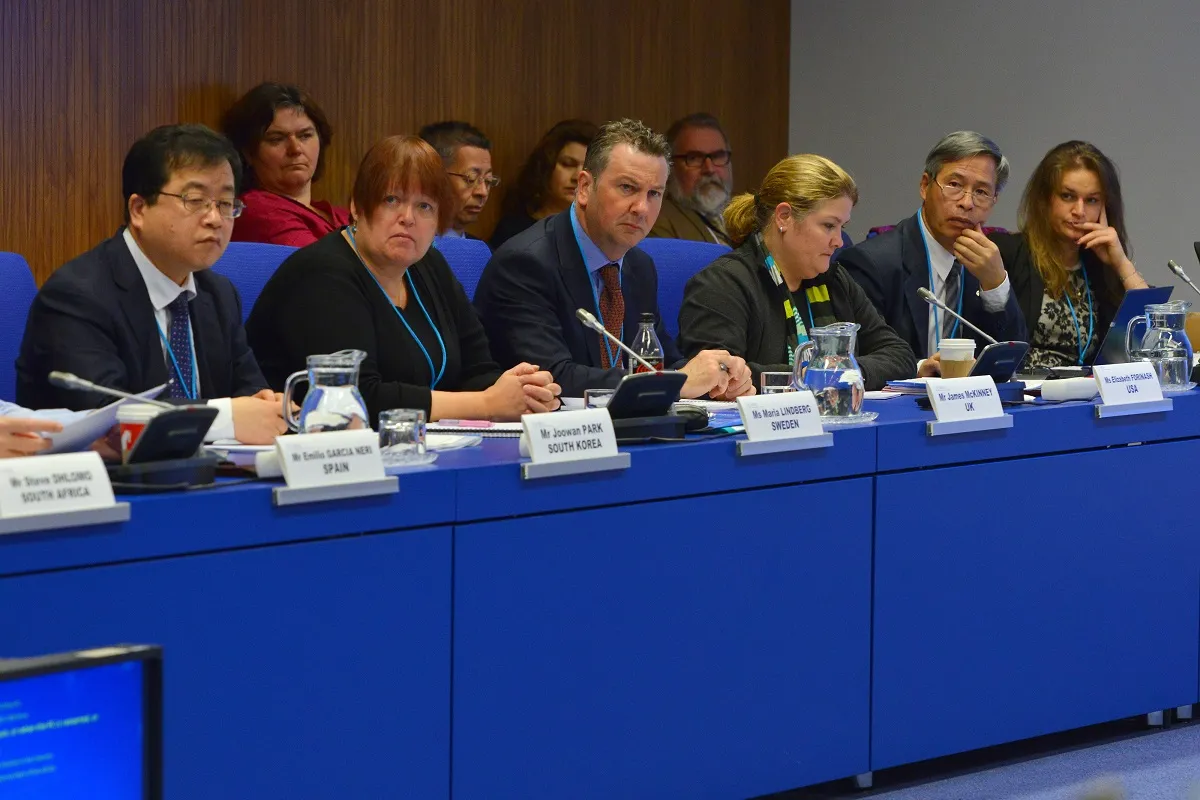Ukraine’s Zaporizhzhya Nuclear Power Plant Faces Power Line Challenges Amidst Ongoing Conflict
In a concerning development, Ukraine’s Zaporizhzhya Nuclear Power Plant (ZNPP) has again lost connection to its only remaining 330-kilovolt (kV) backup power line. For the second time this month, the plant is entirely dependent on a single source of external electricity crucial for reactor cooling and other essential nuclear safety and security operations. This information was disclosed by Director General Rafael Mariano Grossi.
The team from the International Atomic Energy Agency (IAEA) present at the plant reported that the power line was out of service for over 26 hours between Monday and Tuesday of this week. The disconnection was attributed to unspecified damage on the other side of the Dnipro River. This incident follows a similar disconnection of the same power line three weeks earlier. Despite these incidents, the ZNPP has managed to maintain electricity supply through its sole 750 kV line. Prior to the escalation of military hostilities, this major European nuclear power facility had access to four 750 kV lines and six 330 kV lines.
An Unprecedented Situation
“What once would have been unthinkable – a major nuclear power plant suffering repeated off-site power cuts – has become a frequent occurrence during this devastating war,” Director General Grossi stated. He emphasized that the nuclear safety and security situation at the Zaporizhzhya Nuclear Power Plant remains precarious, with no signs of improvement.
This situation underlines the ongoing risks, as the IAEA team has reported hearing explosions daily over the past week, although thankfully, no damage has been reported at the ZNPP itself.
Safety and Security Assessments
IAEA team members have been actively assessing nuclear safety and security at the plant. This includes conducting walkdowns across the site and observing the testing of an emergency diesel generator (EDG) of reactor unit 4. Discussions with plant staff also covered other vital topics, such as the modernization of control systems for the site’s EDGs and updates to procedures related to the ZNPP’s radiation protection program.
Following their recent visit to the cooling tower damaged by a major fire in August, the team discussed with ZNPP officials how to assess the extent of the damage. This assessment includes selecting an external contractor to carry out the necessary work.
Broader Impact on Ukrainian Nuclear Facilities
The IAEA teams stationed at other nuclear power plants in Ukraine, including Khmelnytskyy, Rivne, and South Ukraine NPPs, as well as the Chornobyl site, have reported that nuclear safety and security are being maintained despite ongoing conflict-related challenges, such as air raid alarms over several days last week.
At the South Ukraine NPP, there was a temporary disconnection of reactor unit 1 from the grid for around four hours on Tuesday evening due to a false signal to the unit’s protection systems. Fortunately, the reactor safety systems were not activated, and the issue is under investigation. The reactor, which is one of three at the site, is now back online and generating power for the grid.
Assessing Electrical Grid Infrastructure
In response to a request from Ukraine, an IAEA team is visiting six electrical substations across the country this week. This initiative is part of the Agency’s efforts to evaluate the status of the electrical grid infrastructure essential for nuclear safety. These visits, which began in September, involve reviewing the operational consequences of actual and potential damage to substations that supply off-site power to the country’s nuclear power plants.
Reliable access to off-site power is one of the Seven Indispensable Pillars for ensuring nuclear safety and security during an armed conflict, as outlined by Director General Grossi two and a half years ago. The stability of grid connections is vital for the safe operation of nuclear power plants, but this aspect has become increasingly fragile in recent months.
Ongoing Support and Equipment Deliveries
The IAEA continues to support Ukraine with a comprehensive program of assistance aimed at enhancing nuclear safety and security. This includes delivering requested equipment. This week, two spectrometry systems, which enhance the analytical capabilities of Ukraine’s State Emergency Service’s hydrometeorological organizations, were procured and delivered, thanks to funding from Switzerland. This marks the 71st equipment delivery to Ukraine, with a total value exceeding 12.1 million euros since the start of the conflict.
Additionally, the Agency has coordinated the delivery of two static test benches from the Rivne NPP to the supplier for repair during an outage of reactor unit 2. This repair, funded by Norway, is expected to be completed by the end of April next year. Once repaired, the test benches will be returned to the plant to facilitate the unit’s restart. These pieces of equipment are crucial in the nuclear and other industries, as they are used to stress test components, including hydraulic shock absorbers.
Conclusion
The ongoing military conflict in Ukraine continues to pose significant challenges to the operational stability and safety of its nuclear power plants. The recent disconnection of the backup power line at the Zaporizhzhya Nuclear Power Plant underscores the vulnerabilities faced by the facility and highlights the critical importance of reliable external power sources for nuclear safety.
The IAEA remains committed to assisting Ukraine in navigating these challenges, providing technical support and delivering essential equipment to bolster nuclear safety and security. As the situation evolves, the Agency’s efforts will continue to be crucial in ensuring that Ukraine’s nuclear facilities remain safe and secure amidst the ongoing conflict.
For more Information, Refer to this article.



































